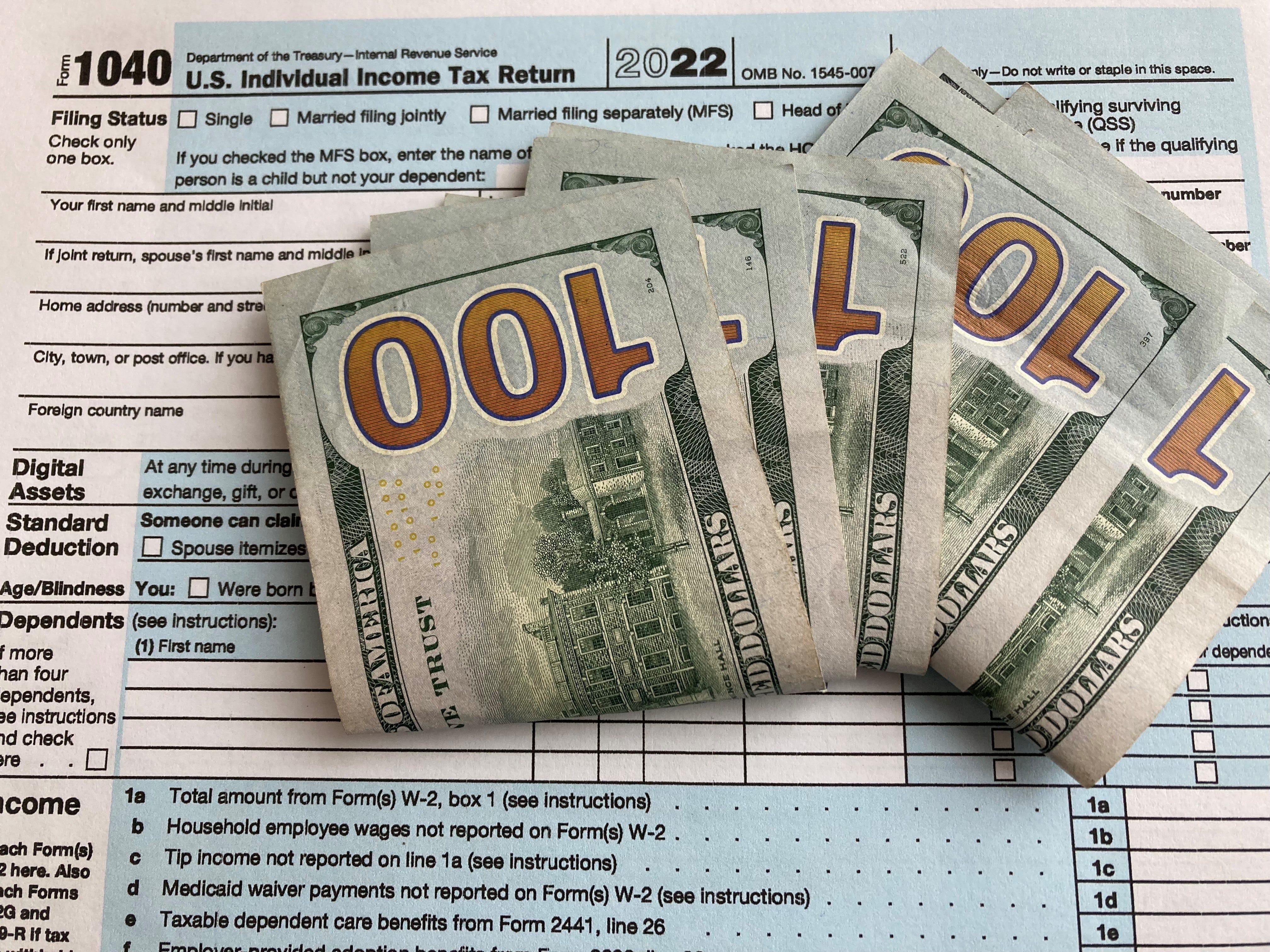Don't get tax advice from TikTok or Twitter if you want to avoid some wild schemes and scams that are floating out there this tax season. One scheme now being promoted on social media, according to the IRS, encourages people to use tax software to manually fill out their own Form W-2, Wage and Tax Statement . You pick the employer, you pick the income and create the fictitious number for taxes already withheld from that phony job.
Yeah, not a smart idea. Acting IRS Commissioner Doug O’Donnell warned in a statement Friday that "there is no secret way to get free money or a big refund. " The scam artists, according to the IRS notice Friday, are instructing people to file the bogus tax return electronically in "hopes of getting a substantial refund — sometimes as much as five figures — due to the large amount of withholding.
" The taxpayer is responsible for making any false claims. More: Is the IRS really texting you? No, it's one of many tax scams. More: Tax Day in Michigan: 15 questions you might have on due date, refunds, more More: Detroit rapper sentenced in multimillion-dollar tax fraud scheme The IRS along with its Security Summit partners in the tax industry, including tax preparation firms, software developers and the state tax agencies are actively watching for this fake W-2 scheme and others.
The IRS works with payroll companies, large employers and the Social Security Administration to verify W-2 information. "People should not make up income and try to submit a fraudulent tax return in hopes of getting a huge refund," O'Donnell said. "We are seeing signs this scam is increasing, and we worry that innocent taxpayers could be at risk of being tempted into falling into a trap that puts them at risk of financial and criminal penalties," he said.
The IRS is aware of two other types of ongoing job schemes: The attempt to use Form 7202, Credits for Sick Leave and Family Leave for Certain Self-Employed Individuals to claim a credit based on income earned as an employee and not as a self-employed individual. These credits, the IRS states, were available for self-employed individuals for 2020 and 2021 during the pandemic; they are not available for 2022 tax returns. Making up fictional employees employed in the household and using Schedule H, Household Employment Taxes , to try claim a refund based on false sick and family wages the taxpayer never paid.
Someone would legitimately use this form to report household employment taxes if a taxpayer hired someone to do household work and those wages were subject to Social Security, Medicare or the Federal Unemployment Tax Act, or if the employer withheld federal income tax from those wages. Taxpayers, of course, risk a great deal if they get caught, including a wide range of penalties . You could be looking at a frivolous return penalty of $5,000 .
Filers also run the risk of criminal prosecution for filing a false tax return. Already filed that phony return? The IRS recommends. People can amend a previous tax return or consult with a trusted tax professional .
Contact Susan Tompor: stompor@freepress. com . Follow her on Twitter @ tompor .
To subscribe, please go to freep. com/specialoffer. .

